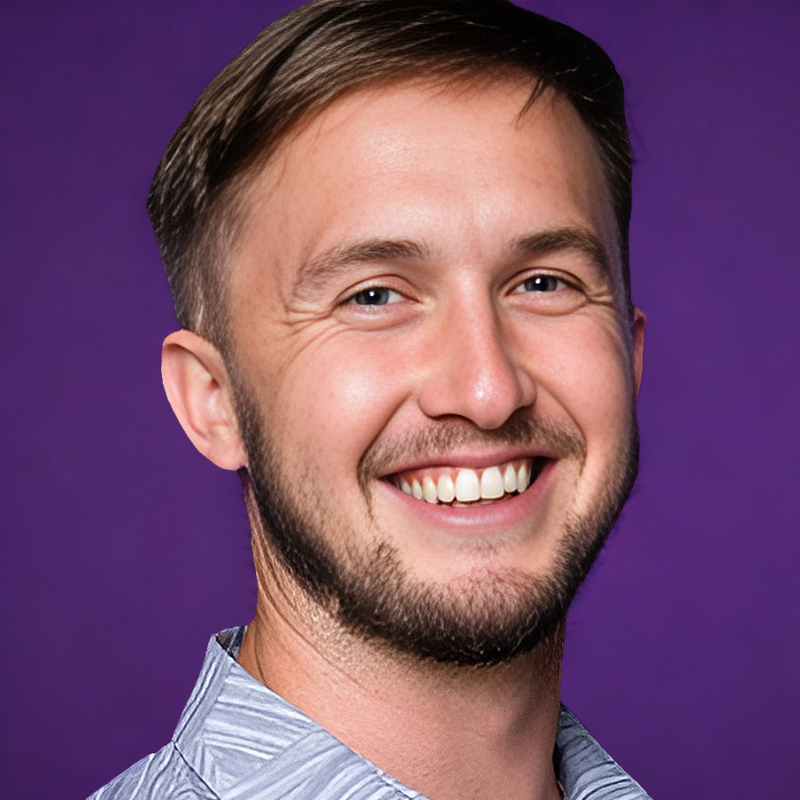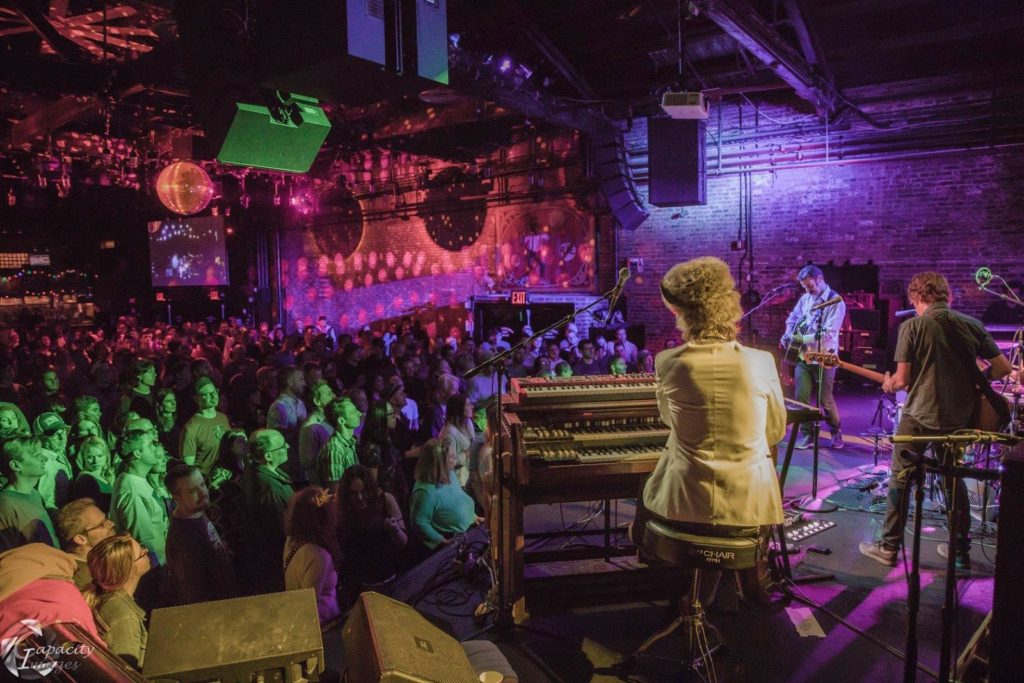
A Brief and Semi-Complete History of Concert Photography
Photography was invented in 1822 by the French inventor Nicéphore Niépce. But as cool as it would have been to see actual images of lisztomania in action, the average photographic exposure in his newly invented device was between 8 hours and 2 days. So, our story of concert photography doesn’t start here. Instead, we have to fast forward. Through ever-increasing ability to take faster exposures. Though cameras shrinking from behemoth machines that would break a photographer’s back, should she try to haul them around a photo pit, to actual portable tools. To the 1960s—the time of sex, drugs, and extremely well-documented rock ‘n roll.
The decade saw the premiere of a fleet of new, music-dedicated magazines and increased circulation among longer-running proprieties, which meant publications such as NME, Rolling Stone, Record Mirror, Rave, Melody Maker were now directing the conversation both in England and the United States. And with a limited number of photographers shooting, a small group of people began actively impacting the way the music scene was viewed. Even if you haven’t heard of the names like David Redfern, Gered Mankowitz, and Mick Rock chances are their work is burned into your brain. Hendricks, wearing a pink and yellow tie-dye shirt, clutching his guitar, deep in concentration. David Bowie, arms outstretched. Iggy pop, shirtless in a full back-bend. It wasn’t a free-for-all. (Who could pay to develop all that film?) But it was an era where photographers could potentially make a living and a name for themselves in the pit.
The field (as one might expect) grew—partially after events like The Beatle’s Magical Mystery Tour, Woodstock and flamboyant performances like Elton John’s feathers and piano-heavy show became cultural talking points. Bob Dylan went electric at the Newport Folk Festival, and Jim Marshall was there to document the landmark moment. When the Rolling Stones played Altamont Speedway, an anonymous photograph captured the chaos. Sex Pistols’ chaotic invasion? You can thank Ebet Roberts, Richard E. Aaron, and Jay Dickman for the visuals.
But it wasn’t until the 1980s, when, due to overcrowding, every concert photographer’s least favorite rule was established: three songs, no flash. It was Bruce Springsteen that popularized the practice after walking off stage at Madison Garden after being blinded by flashbulbs from an over-stuffed pit. A compromise was struck between performer and lens jockey—only the first fifteen minutes of the show could be documented (later changed to three songs).
Given how badly flash flattens out an image, to say nothing of blinding the unprepared performer, you’ll find-pressed to find a photographer who mourns the loss of that particular tool. However only photographing the first three songs provides a unique challenge that sets concert photography apart from, say landscape photography. Even in rare circumstances where the rule is disregarded (Phoenix and Kelela both allow almost unrestricted access, and smaller venues rarely enforce the cut-off) or minimized even further (Beyoncé once famously allowed the first minute of the first song), you will be forced to work for your image. On the bright side, performers were more likely to appear as glossy and well put together as the newly-launched MTV would lead fans to believe.
Video not only killed the radio star, it briefly killed (or set back) the concert photographer. That is, until the advent of digital, concert photography when the process became significantly more egalitarian. Thanks to the internet, anyone can start a publication—and thanks to digital cameras with an increasingly lower price point, anyone can put images on said website. It doesn’t even take a photo pass or camera to get in the game. On Instagram, the hashtag #ConcertPhotography contains 4.4 million images.
RELATED: Instagram as a Venue Marketing Tool
With this unprecedented proliferation of photos, some musicians are hiring photographers strictly to populate their social media with live images. For rapper Eve, it was the high gloss photos of Helen Boast. Florence and the Machine found their High as Hope match in Lillie Eiger, who captured their tour in a series of nostalgic, sepia-tone shots. And Taylor Swift has enlisted Valheria Rocha to capture her in daydream shades on her upcoming Lover tour. (Although it should be noted that Swift hasn’t been exceedingly kind to photographers in the past, receiving serious backlash in 2015 for making photographers sign a release that stated: “may confiscate and/or destroy the technology or devices that contain.”) You don’t have to be A-list, big-name talent to have a photographer riding sidecar. Much of the punk band FIDLAR’s earliest images were created by Los Angeles artist, Alice Baxley.
Interested in adding your name to the list of noted photographers? Consider sharpening your skills with a point and shoot camera before offering your skills up to publications. Remember it’s not about the technology, but about the passion and moment…and harnessing waiting for that magical moment in just three songs (or less).
Happy snapping.

Matt Ford is the founder and CEO of Prism.fm, an Austin-based software company revolutionizing live music event management. With a background in entrepreneurship and a degree from the University of Wisconsin-Madison School of Business, Ford combined his self-taught coding skills with firsthand experience as a concert promoter to address the inefficiencies he observed in the industry. In 2018, he launched Prism.fm, an all-in-one platform designed to streamline operations for venues, promoters, and agencies by replacing cumbersome spreadsheets with integrated tools for booking, financial tracking, and contract management. Under his leadership, Prism.fm has grown significantly, achieving $3 million in annual recurring revenue post-COVID and securing over $15 million in funding . Ford’s commitment to building user-centric solutions has positioned Prism.fm as a trusted partner for over 1,500 venues and promoters worldwide.



